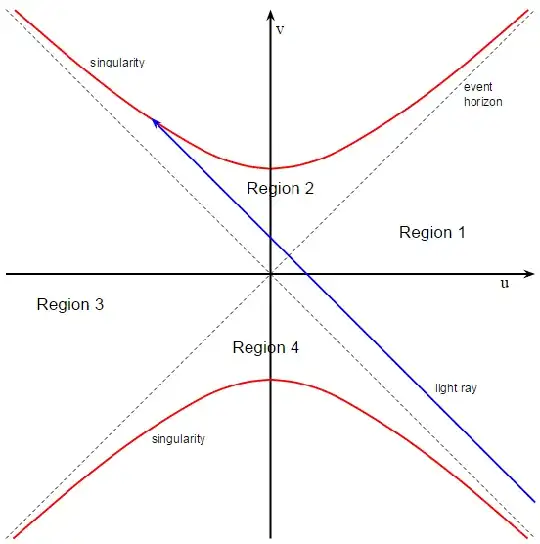my understanding of a singularity is that it is a 'point' in the universe with an infinite energy density. I have also read on the internet that a singularity is one-dimensional.
This is a concept that troubles me. using my (very limited) knowledge of what dimensions are and how they work, I have made the following assumptions:
- we live in a three-dimensional world with length, width and height (excluding time which I am confused about and am unsure as to whether it is a dimension or not)
- so a two-dimensional object would have only length and width (sort of like a flat shape in an area question in a textbook).
- so a one-dimensional object would only have length and would be a sort of 'line'.
But a 'line' is not a 'point', therefore in order to have a pointlike singularity it would need to be zero-dimensional. another aspect of the one-dimensional 'linear' singularity that I find difficult to understand is that for the finite amount of energy in the universe to be infinitely dense, it cannot be spread out along one or more dimensions, but rather it must be contained in zero dimensions. Hence the energy is 'X' joules per zero metres so the density is undefined.
are singularities one or zero-dimensional and why/how?
if the above reasoning is wrong, why is it wrong?
